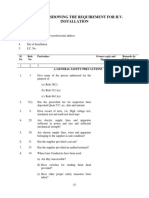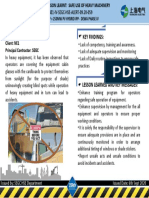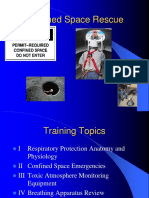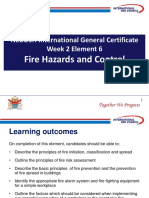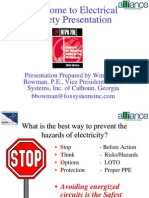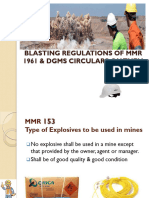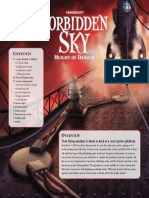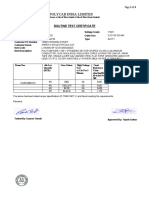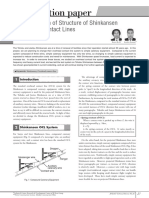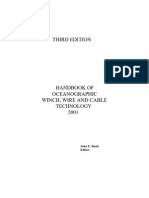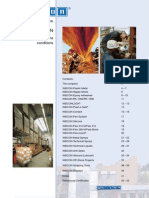0% found this document useful (0 votes)
150 views117 pagesDomestic Electrical Safety Guide
Domestic electrical installations often lack proper maintenance and inspection, leading to safety issues over time. Regular inspection and testing is important to check for loose connections, worn wires, overloaded circuits, incorrect fuse sizing, and other defects that could cause electric shock or fire. Proper installation and periodic safety checks help ensure domestic wiring continues to meet electrical standards and regulations.
Uploaded by
Emre MetinCopyright
© © All Rights Reserved
We take content rights seriously. If you suspect this is your content, claim it here.
Available Formats
Download as PPS, PDF, TXT or read online on Scribd
0% found this document useful (0 votes)
150 views117 pagesDomestic Electrical Safety Guide
Domestic electrical installations often lack proper maintenance and inspection, leading to safety issues over time. Regular inspection and testing is important to check for loose connections, worn wires, overloaded circuits, incorrect fuse sizing, and other defects that could cause electric shock or fire. Proper installation and periodic safety checks help ensure domestic wiring continues to meet electrical standards and regulations.
Uploaded by
Emre MetinCopyright
© © All Rights Reserved
We take content rights seriously. If you suspect this is your content, claim it here.
Available Formats
Download as PPS, PDF, TXT or read online on Scribd
/ 117






